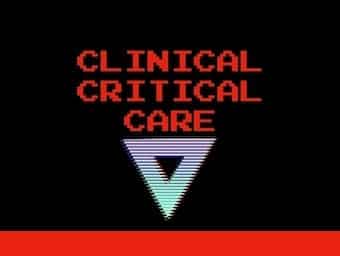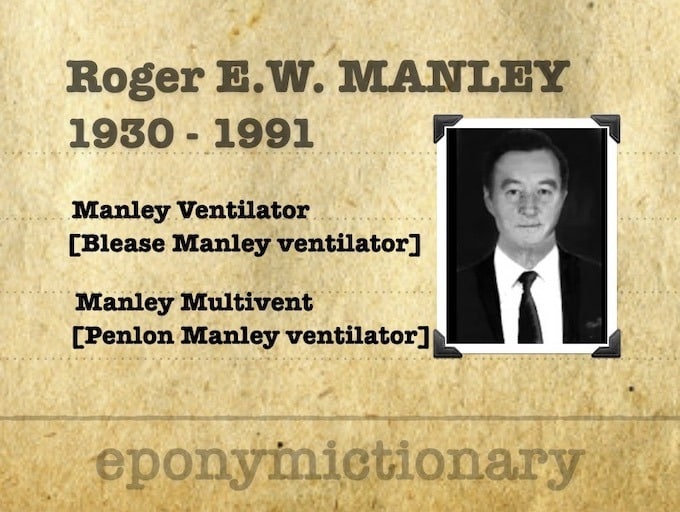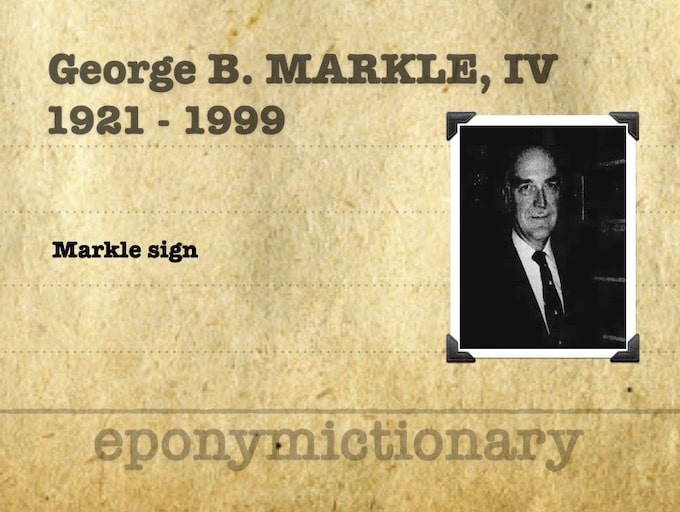
Straight up
Straight up (bilious babies) with Camille Wu. An overview of causes of surgical vomiting in the neonate. This includes malrotation-volvulus, intestinal atresias, necrotising enterocolitis.

Straight up (bilious babies) with Camille Wu. An overview of causes of surgical vomiting in the neonate. This includes malrotation-volvulus, intestinal atresias, necrotising enterocolitis.

Jacques Gilles Maisonneuve (1809-1897) was an eminent French Surgeon. Eponymously associated with the Maisonneuve fracture
A review of the diagnostic evaluation and treatment of appendicitis, with a particular focus on emergency department work-up and management

Neurological rehabilitation: Alternative perspectives with Claire Seiffert at SMACC 2019

Neurological rehabilitation: Alternative perspectives with Claire Seiffert at SMACC 2019

Ferdinando Gianotti (1920 - 1984) was an Italian pediatric dermatologist. Gianotti-Crosti syndrome (1955)

Agostino Crosti (1896 - 1988) was an Italian dermatologist. Crosti syndrome (1951); Gianotti-Crosti syndrome (1955)

Mark Forrest, Halden Hutchinson-Bazely & Jason van der Velde talk to us about 21st century simulation. They discuss how tools such as augmented reality are advancing medicine and assisting clinicians.

Roger Edward Wentworth Manley (1930-1991) was a British inventor, anaesthetist and engineer. Pioneer of the Manley Ventilator and Multivent

George Bushar Markle IV (1921 - 1999) was an American surgeon. Markle Sign (1973) or Heel Drop Jarring Test in patients with intraperitoneal inflammation

Trainspotting: Neurological complications of IV drug use with Rhonda Cadena M.D. at SMACC 2019

Brandon Foreman, MD presents on assessing stroke symptoms, using EEG after acute brain injury, and advanced multimodality monitoring at SMACC 2019